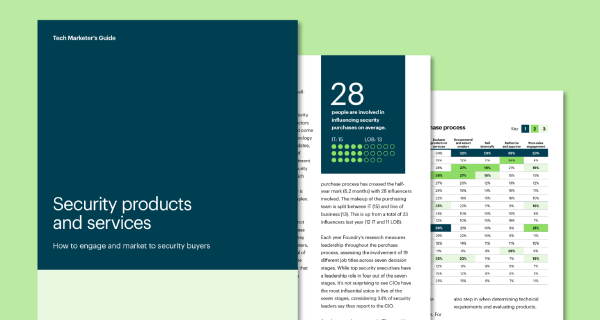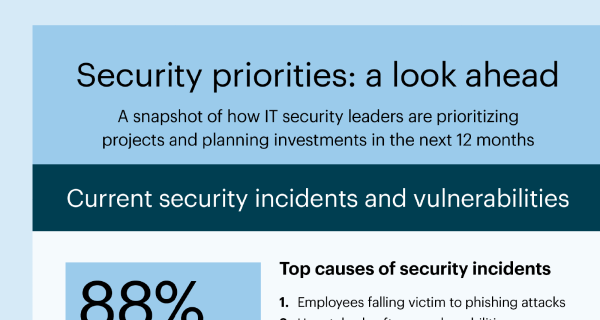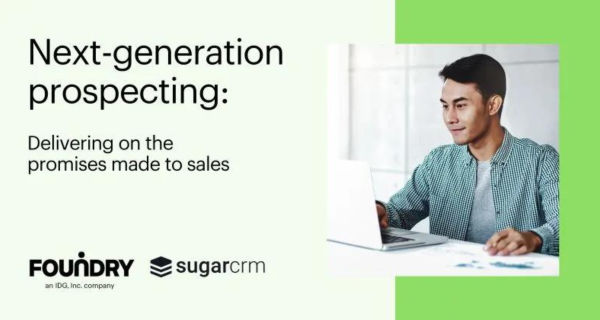Account-based marketing (ABM) campaigns are among the biggest buzzwords in martech, along with “predictive” and “intent data.” However, building a successful (let alone, award-winning) ABM campaign isn’t easy. Over the last 8 years, we’ve partnered with many B2B marketers to accelerate their pipeline with our ABM platform and are ready to share some of the factors for ABM campaign success that we’ve encountered.
What is an account-based marketing campaign?
An account-based marketing campaign is a campaign in which you identify which accounts are ideal buyers for your product, and specifically go after this ideal customer profile with your marketing and advertising. Account-based marketing goes beyond advertising campaigns, and successful ABM is a company wide strategy uniting sales and marketing under a common goal. We’ve partnered with thousands of B2B marketers to run successful ABM campaigns, and along the way have noticed a few similarities all award-winning campaigns have in common.
1. ABM is a company-wide strategy
The most successful ABM campaigns are company-wide efforts. Having an ABM platform in place is not the equivalent of having an ABM strategy. Many organizations put the time and effort into evaluating ABM solutions, purchasing the tech and hiring a team without a strategy in mind. Award-winning ABM begins with strategy and everything else comes second.
Company-wide ABM strategy requires the revenue team (typically includes executives, marketing and sales) to be in complete agreement and alignment around the goals and objectives for the ABM program. This includes what ABM metrics to measure and the timeline around when to expect to begin seeing program results.
- Agree on the metrics
- Get the right people and tech in place
- Stay focused on the end goal – revenue
For more on how to get internal buy-in for ABM programs, check out How to Sell Your Executive Team on ABM.
2. There is a specific target for the campaign
Where to begin? All successful ABM campaigns start out with specific accounts they would like to target. You should have an Ideal Customer Profile (ICP) for your accounts, and support this with specific strategies and messaging for each campaign. An ICP is a hypothetical description of the type of buyers in your market that would benefit most from your product or service. Selecting your specific targets for a campaign is one of the most crucial steps.
The FIRE method for account selection is a common tactic we’ve seen used in award-winning campaigns. First, you determine Firmographic fit, via company size, industry, geographic location, job title, etc. Next, Intent, the amount of engagement the account has had with you or other intent data sources. Third, Recency, whether there’s been an uptick in activity. And lastly, Engagement, what content the account is engaging with.
3. All campaigns start with A/B testing
Great ABM campaigns begin with A/B testing. Before starting an ABM campaign (or any campaign for that matter) it is important to benchmark what is currently being done. To be able to measure success, you have to determine a baseline at the start. What are your landing pages’ current conversion rates? Your display ads’ average CTR? Average sales cycle length? Determine these baseline metrics at the outset of your ABM campaign to set yourself up for long-term success, by making incremental optimizations.
After you’ve benchmarked your efforts, you should pick a specific variable to A/B test that is highly associated with the KPIs for your campaign. For example, if you’re running a pop-up CTA as part of your campaign with a goal of generating form conversions off of that pop-up, you might pick CTR for the pop-up as a metrics to A/B test – measure one creative or copy option against another.
Once you’ve determined a variable you’d like to test, it’s time to get started. To ensure your results are reliable and significant, you should only test one variable at a time, and should look for wide enough differences that they are statistically significant. It’s tempting to read into small differences, but for the most accurate results, you should take anything that isn’t statistically significant with a grain of salt.
An example:
Let’s A/B test a website personalization using account-specific merge tags on our landing page. Naturally, our hypothesis will be that the personalized content will drive higher conversion rates than our control group. Now, let’s say the A/B test has run for some time and we think we may have significant results. But how do you know if they’re statistically significant? (We’re marketers, not statisticians!) You can utilize tools like the SurveyMonkey Statistical Significance Calculator to determine the statistical significance of your results for sure.
Once you’ve crunched the numbers and determined your A/B test success, you’re ready to optimize! Good marketers don’t rest on their laurels as there’s always room for improvement, so we recommend continuing the cycle of testing and optimization as you can.
4. ABM campaigns are multi-channel and multi-stage
The most successful ABM campaigns involve many marketing channels – not just display advertising. Channels including,
- Website Personalization
- Display Advertising
- Sales Activation
- LinkedIn Advertising
- Email Marketing
- Direct Mail
Marketers are often tempted by ‘silver bullet’ promises, that a new channel will be the magical solution to all their pain points. But rather than a silver bullet, we like to think of ABM as a utility belt with many channels and tactics to support your overall strategy by engaging buyers and impacting pipeline. Many marketers start off with ABM by piloting account-based advertising and then incorporate further channels as they go. Think of how campaigns fit within your funnel, considering where accounts are in their customer journey, and what their next stages should look like.
With multi-step campaigns, you can narrow your focus to only the highest-fit, most engaged target accounts for sales activations and deeper funnel steps, and move less engaged accounts into nurture campaigns. This allows you to prioritize accounts, optimize return on ad spend, and spend less time manually building campaigns.
For example, by using Orchestration, marketers can run dynamic multi-stage campaigns using different channels, to further reach engaged accounts, and slow nurture those that aren’t quite ready. Orchestration Canvas’ dynamic audiences and multi-step branched design allows you to treat members of one audience differently throughout the campaign based on their engagement, intent, and more.
5. Campaigns use intent data to uncover potential buyers
With over 60% of the buyer’s journey complete before the customer makes the initial hand raise with sales, organizations can be left in the dark on a buyer’s purchase intent well before the buyer’s expressed interest. Intent data helps marketing and sales uncover the hidden funnel and get a comprehensive view of an account’s purchase intent. Intent data can be broken into 1st-party, 2nd-party, and 3rd-party. By combining different types of intent data, you can capture a more complete picture of the purchase journey.
For marketers, intent data can be made actionable by using criteria such as intent-based SmartScores to trigger ads, website personalizations, and sales activations when account intent surges.
For sales teams, one of the largest barriers to making intent data actionable is context. If intent signal-based sales activations don’t come with the context of who to reach out to, when to reach out, and what to say, their usefulness will suffer.
Intent can also inform the messaging of your marketing. By using intent data topics as part of your ABM campaign audience criteria, you can tailor the messaging to your accounts by which competitors they’re researching, what services they’re interested in, and what pain points they’re experiencing, instead of guessing.
Learn more about how to leverage intent data in your campaigns.
6. Campaigns employ sales activations reps will actually use
Sales activation is a key component to any ABM success story.
Your ABM campaign success relies on total adoption and lockstep collaboration between sales and marketing. An important factor for sales / marketing collaboration is for sales activations to be easily accessible and to have useful information. To start, you should know the current workflow of your sales team, so that you understand how to incorporate sales activations in a way that makes sense.
Then, to best equip your sales teams, focus on supplying them with:
- Actionable Knowledge: Intent data topics that can inform how they reach out to accounts, and smart scores that can let them know which accounts to prioritize in their outreach
- Air Cover: Targeted advertising to the highest fit, highest intent accounts so that sales teams have support and brand recognition as they reach out to accounts
- Content to Support: Supply your sales teams with content such as blogs, case studies, videos, and ebooks that can speak to different intent topics and industries of the accounts that they’re reaching out to. These pieces of content can be used in personalized landing pages for high value accounts.
Sales Activation Success in Action: As the only ABM platform with a SugarCRM integration, Foundry ABM and SugarCRM were a perfect match. SugarCRM’s sales teams were able to actionize marketing information within their existing workflow.
“We can now use our data elements to build dashboards and reports with Foundry ABM Smart Score to create a holistic view for sales directly within Sugar.”
Jason Rushforth SVP & GM, SugarCRM Americas
Conclusion
By including these 6 essentials in your ABM strategy, you’ll be one step closer to running your own award-winning campaigns.
To see more, check out examples of ABM success stories here.
Or if you’re ready to create your own, Schedule your ABM platform demo with an ABM Expert.






